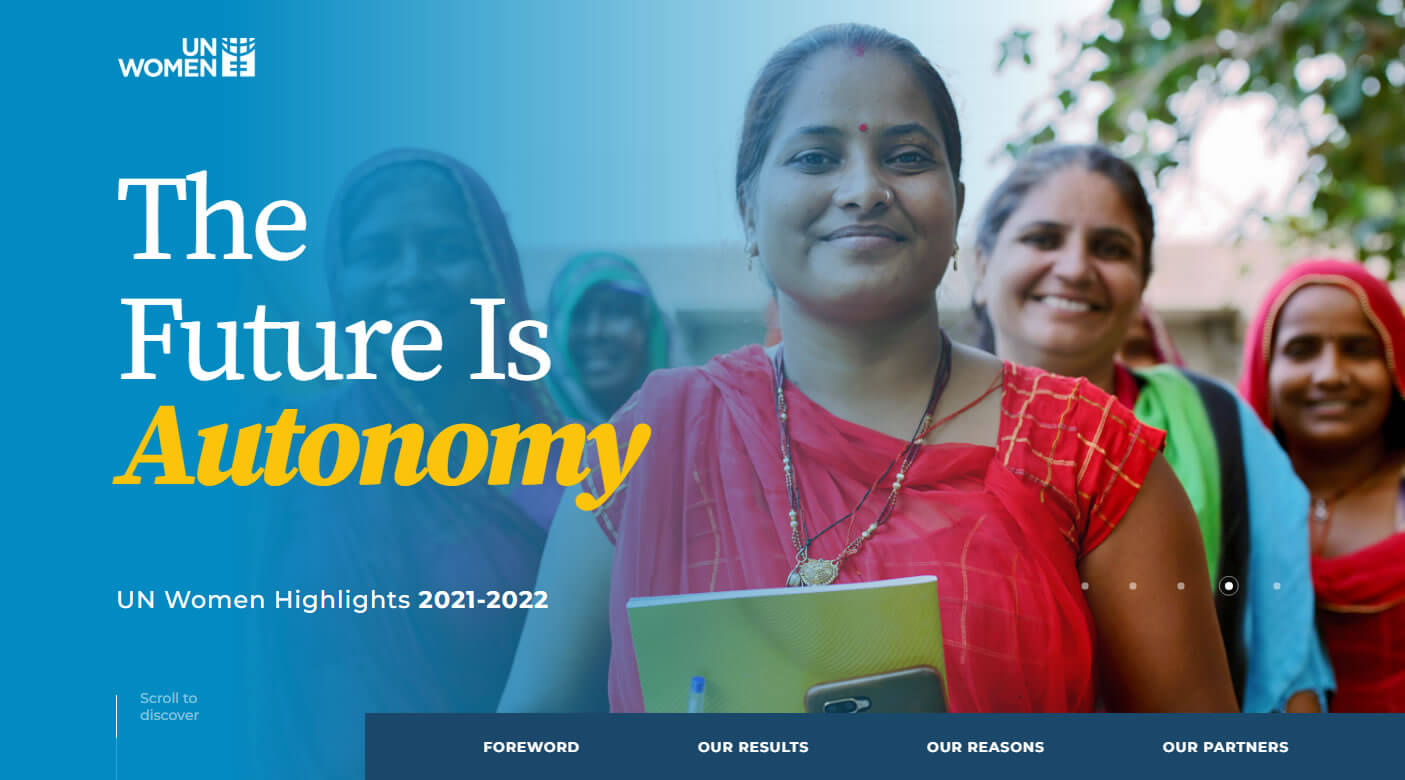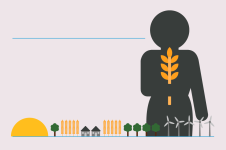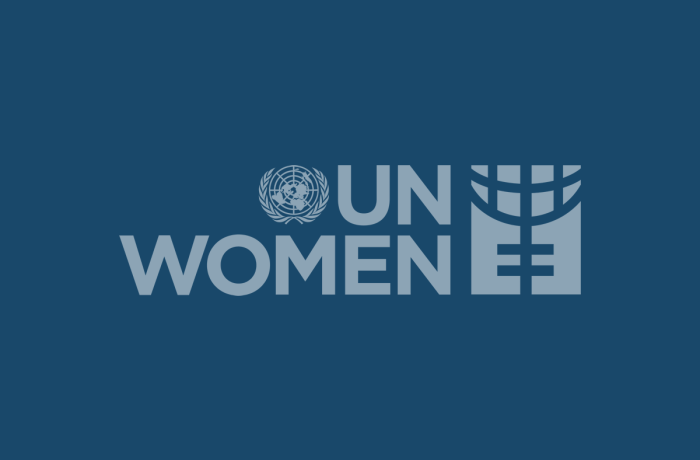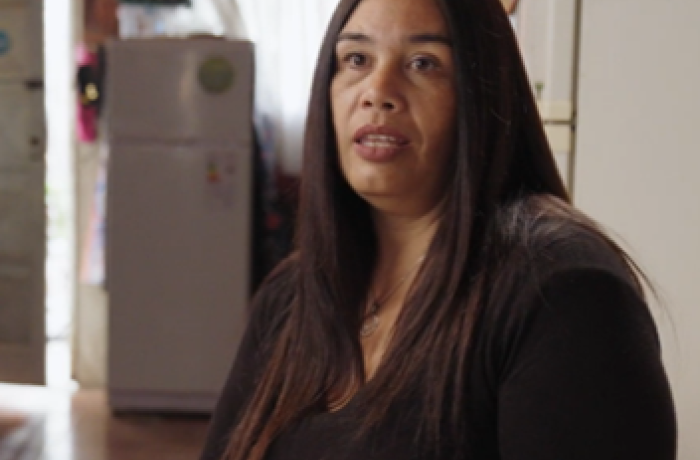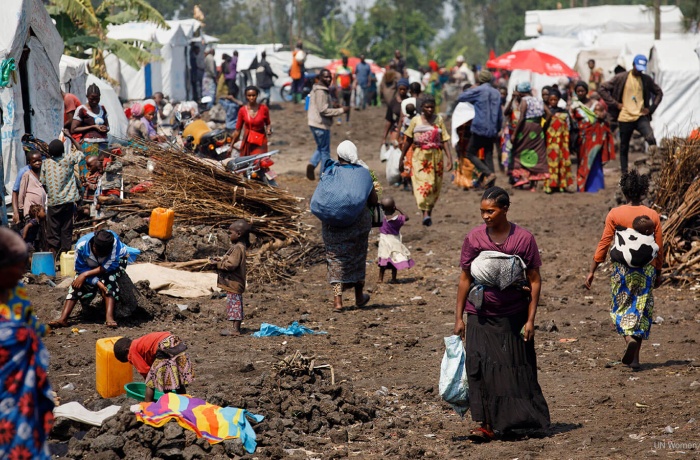Five essential facts to know about femicide

Gender-related killings (femicide/feminicide) are the most brutal and extreme manifestation of violence against women and girls. Defined as an intentional killing with a gender-related motivation, femicide may be driven by stereotyped gender roles, discrimination towards women and girls, unequal power relations between women and men, or harmful social norms. Despite decades of activism from women’s rights organizations as well as growing awareness and action from Member States, the available evidence shows that progress in stopping such violence has been deeply inadequate.
With the aim of galvanizing global action against this all too pervasive crime, in line with the vision of the Generation Equality Forum action coalitions, UN Office on Drugs and Crime and UN Women have joined forces to produce the second joint edition of a report on gender-related killings of women and girls. Released ahead of the International Day for the Elimination of Violence against Women and the 16 Days of Activism against Gender-Based Violence, the report’s chilling findings add heightened urgency to an existing global emergency.
Here are 5 key findings:
1. Women and girls are most likely to be killed by those closest to them
In 2022, around 48,800 women and girls worldwide were killed by their intimate partners or other family members (including fathers, mothers, uncles and brothers). This means that, on average, more than 133 women or girls are killed every day by someone in their own family. Current and former intimate partners are by far the most likely perpetrators of femicide, accounting for an average of 55 per cent of all intimate partner and family related killings.
This year recorded the highest number of total intentional female homicides, indicating that the world is failing to stop deaths that could be prevented through early intervention, gender-responsive policing and justice, and access to survivor-centred support and protection.
2. Femicide is a universal problem
Like all forms of gender-based violence against women and girls, femicide is a problem that affects every country and territory across the globe. According to the new report, in 2022, Africa recorded the largest absolute number of female intimate partner and family related killings with an estimated 20,000 victims; followed by 18,400 in Asia; 7,900 in the Americas; 2,300 in Europe; and 200 in Oceania.
Adjusted for total population size, the available data shows that, in 2022, 2.8 women and girls per 100,000 were killed by an intimate partner or family member in Africa; compared with 1.5 in the Americas; 1.1 in Oceania; 0.8 in Asia; and 0.6 in Europe.
3. The true scale of femicide is likely much higher
While the numbers presented in the report are alarmingly high, they are the tip of the iceberg. Too many victims of femicide still go uncounted: for roughly four in ten intentional murders of women and girls, there is not enough information to identify them as gender-related killings because of national variation in criminal justice recording and investigation practices.
In many cases, only gender related killings perpetrated by an intimate partner or family member are counted as femicides—yet we know that gender-related killings take place in many contexts beyond the private sphere. They can be related to rape or sexual violence by someone unknown to the victim; linked to harmful practices such as female genital mutilation or so-called honor killings; a result of hate crimes linked to sexual orientation or gender identity; or connected with armed conflict, gangs, human trafficking and other forms of organized crime.
Ensuring the availability of comprehensive disaggregated data is critical to strengthening femicide prevention, protection and response measures, as well as access to justice. To help move beyond the current limitations in data collection, UNODC and UN Women developed the statistical framework for measuring the gender-related killing of women and girls (“femicide/feminicide”), approved by the United Nation’s Statistical Commission in March 2022.
4. Some groups of women and girls face greater risk
There continue to be significant limitations in data and information on gender-related killings of certain groups of women and girls. Women in the public eye, including those in politics, women human rights defenders and journalists are often targets of intentional acts of violence, both online and offline, with some leading to fatal outcomes and intentional killings.
Despite data limitations, the available evidence from Canada and Australia suggest that indigenous women are disproportionately affected by gender related killings. At 4.3 per 100,000 women and girls, the rate of female homicide in Canada was five times higher among indigenous than among non-indigenous women and girls in 2021.
To prevent femicide, it is crucial that national authorities record comprehensive data on victims. By identifying women and girls at greater risk, countries can better inform prevention and protection mechanisms.
5. Femicide can and must be prevented
Gender-related killings and other forms of violence against women and girls are not inevitable. They can and must be prevented through primary prevention initiatives focused on transforming harmful social norms and engaging whole communities and societies to create zero tolerance for violence against women. Early intervention and risk assessment, access to survivor-centered support and protection as well as gender-responsive policing and justice services are key to ending gender-related killings of women and girls.
One innovative practice with the potential to enhance necessary reforms are in-depth multi-stakeholder reviews of gender-related killings of women and girls. These often involve families and social networks of victims, with the aim of improving institutional responses and preventing future killings.
In Aotearoa New Zealand, the Family Violence Death Review Committee conducted in-depth reviews of family violence-related killings to better understand the context, help-seeking behavior, and agency responses. The Committee recorded 320 family violence deaths between 2009 and 2020, of which 178 (56 percent) were women and girls. The Committee's findings showed that the most vulnerable—Māori, women, children and people with disabilities—are often unfairly assigned responsibility for their circumstances from the way they are portrayed in case records, their interactions with case workers, or the inadequate responsiveness of agencies. To address these issues, the committee recommended agencies should adjust their approach to draw from the methods used by Kaupapa Māori organizations. This more respectful approach focuses on well-being and involves training of service providers, shifting the focus to the entire family to break the silence of violence and shifting the status quo and norms of institutions so that initiatives are responsive to the needs of families.
More research is required to better understand what is driving increased femicide in certain contexts, and what factors have enabled decreases in others to better inform prevention strategies.
Women’s rights organizations play a crucial role in preventing violence against women and girls, driving policy change, holding governments to account, and providing critical survivor-centered services. Strengthening financial support to women’s rights organizations is critical in reducing and preventing gender related killings and all forms of gender-based violence against women and girls.




